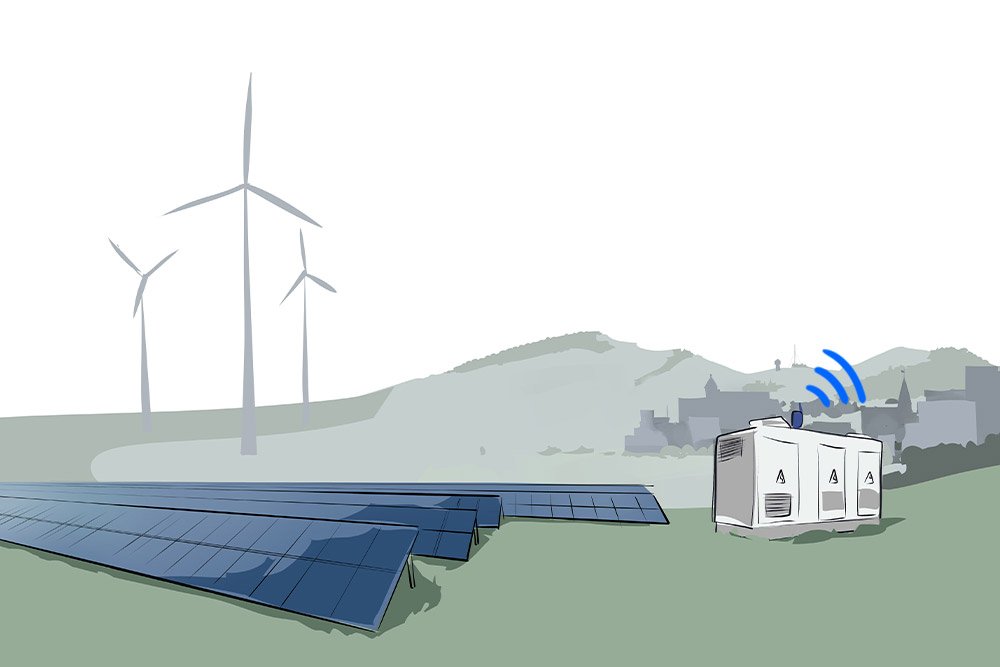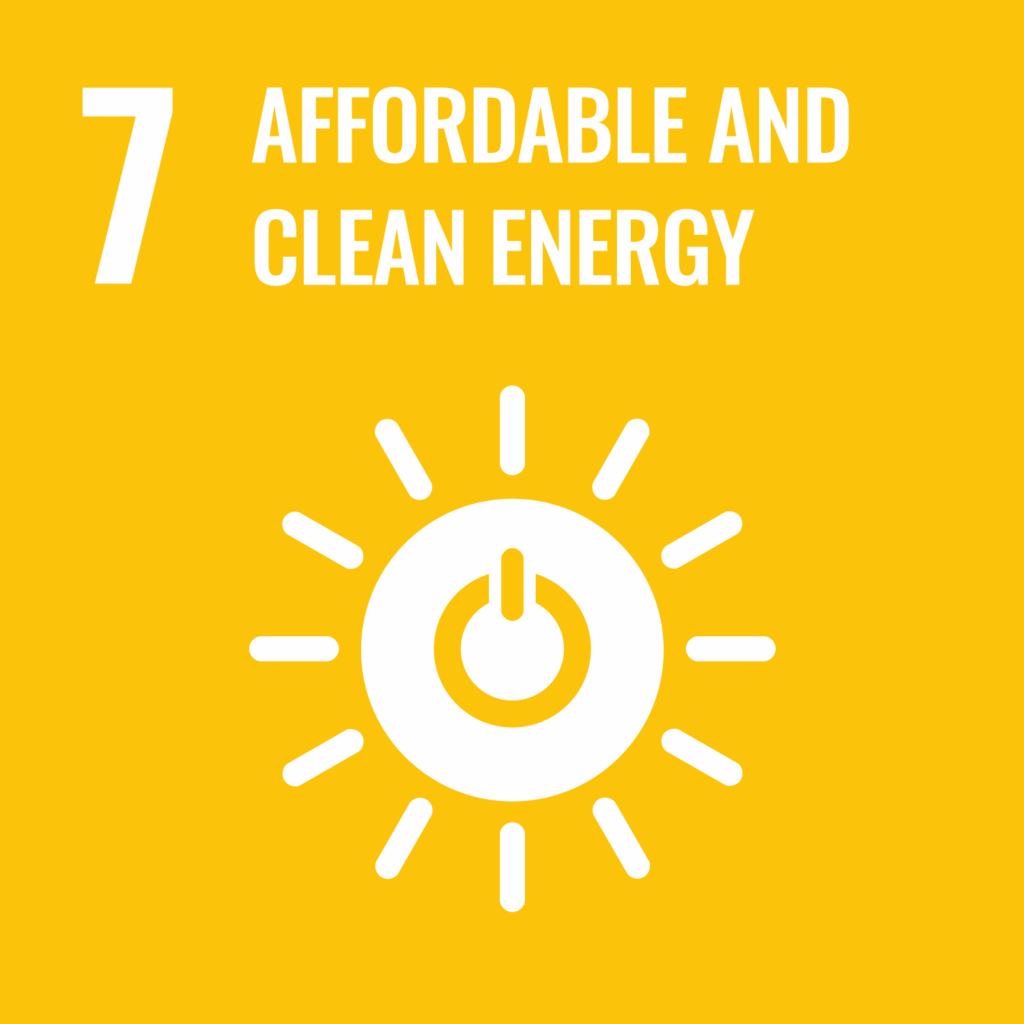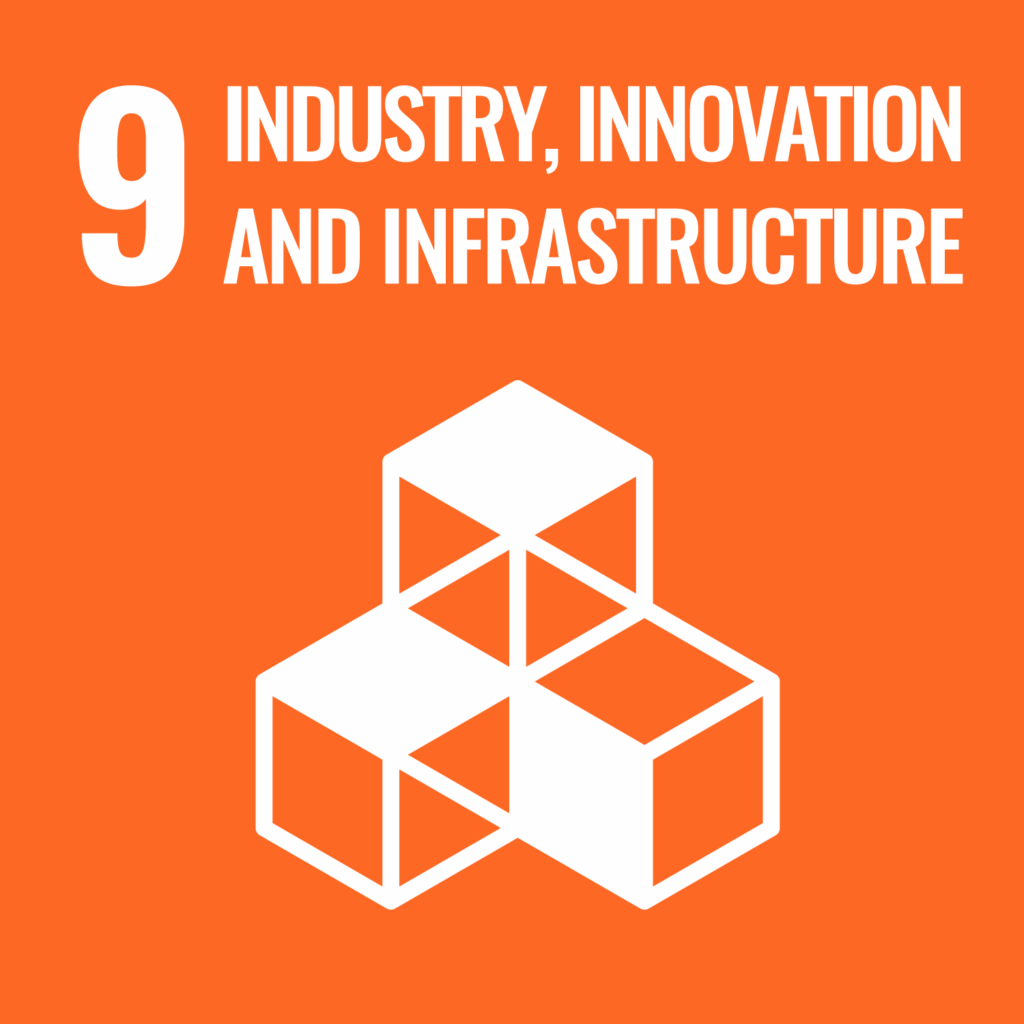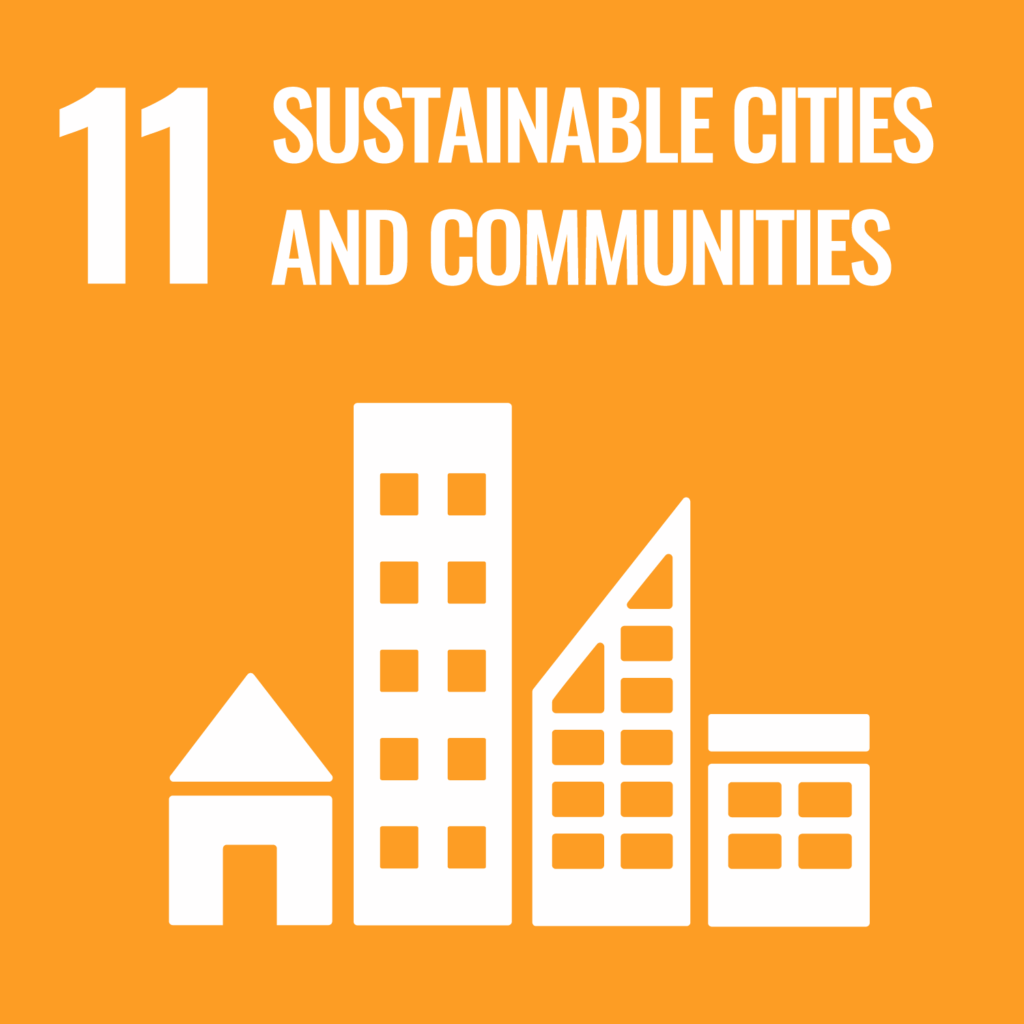Monitoring of transformer stations
Initial situation: demands on power grids are increasing due to the energy transition
There are about 600,000 local network transformer stations in Germany. These are neuralgic points in the power supply. The energy transition with the current topics of e-mobility, heat transition or the use of renewable energies has a major influence on the stability of the power grids. Valuable real-time data on the performance or condition of certain assets such as outflows, transformers and cable distribution cabinets is often missing. In addition, local network transformer stations are often not networked, which prevents automatic reporting of incidents.
Smart monitoring of local network transformer stations with LoRaWAN
Via a LoRaWAN remote network and with the corresponding sensors, this real-time data can be transmitted and forwarded to the B.One element iot platform from Zenner for monitoring, which records measured values and processes, and pre-processes them according to the specific application.
With the Zenner GridLink application, the raw data collected can then be visualised for evaluation.


Smart monitoring of transformer stations leads to transparency in the low-voltage grid
- Cost-effective and uncomplicated equipment of the sensors
- Avoidance of expensive plant damage and power outages
- Increased reliability for network stability and supply
- Time and cost savings
With the intelligent monitoring of transformer stations, unusual operating conditions are detected at an early stage and operators can react proactively. This makes the entire low-voltage network in the city transparent.








